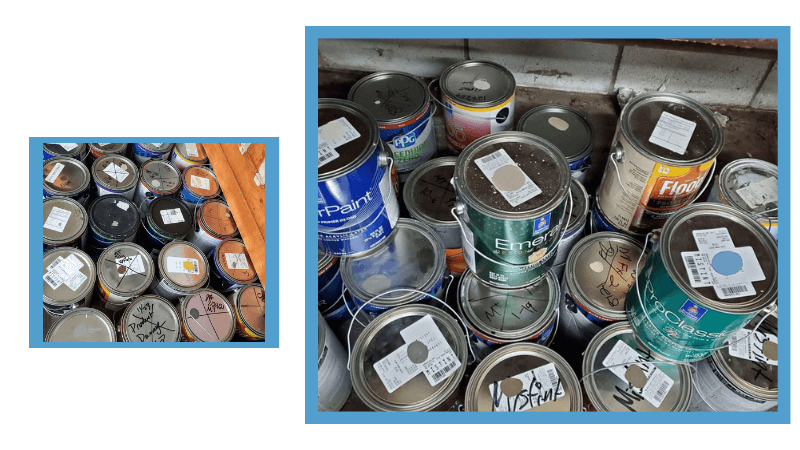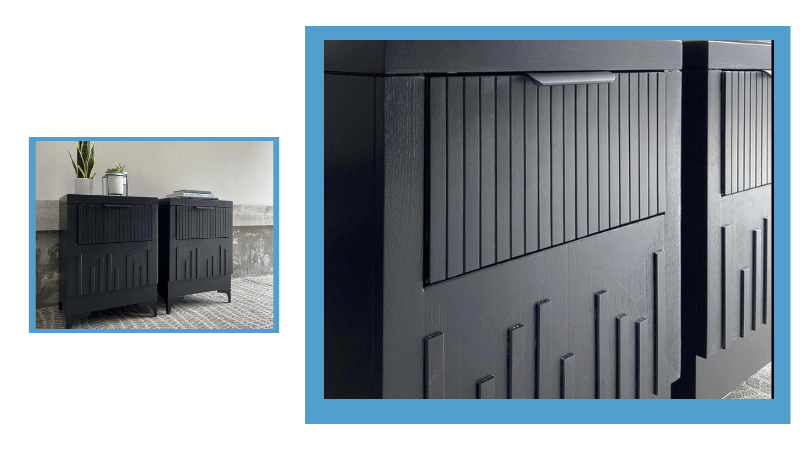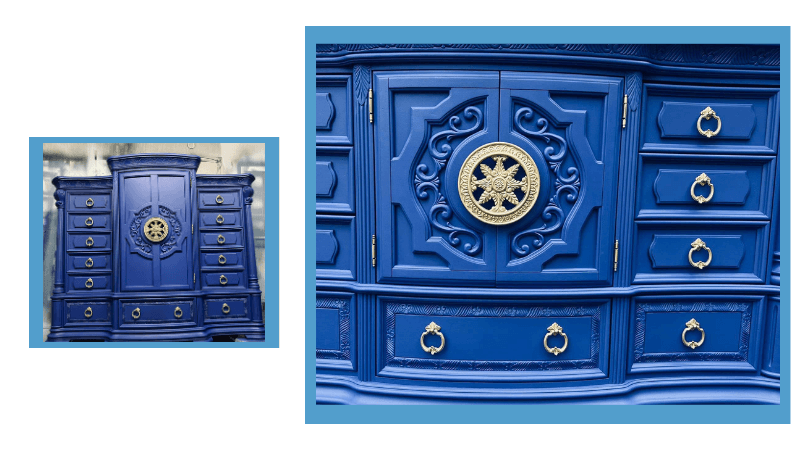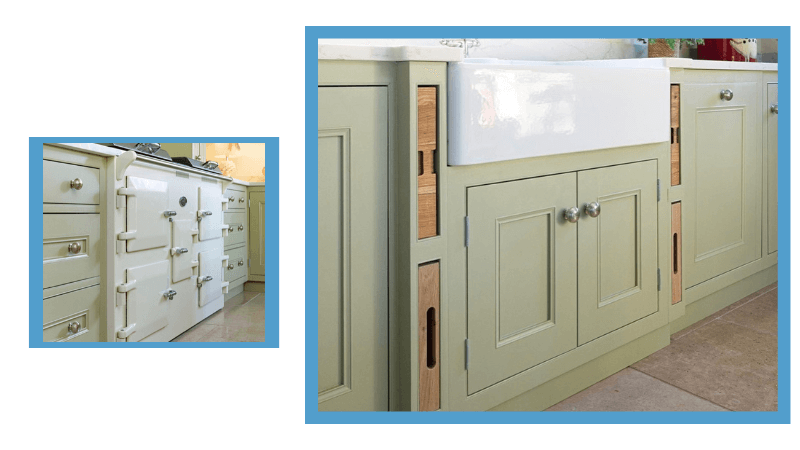When it comes to buying paint, understanding the different types is essential. Never settle for cheap paint, as it falls short on quality. Reputable suppliers offer excellent options, and premixed standard colors can save money. Compare ingredients by reading can labels for an informed decision. Remember, the weight of the can often indicates superior quality.
Delve into the depths of this article, packed with crucial insights and valuable tips. From understanding paint types to making informed purchases, each section holds important information. And don’t miss out on the section about picking the perfect sheen at the end. Explore the full article for a comprehensive understanding of paints and take your wood finishing skills a notch higher.

The main types of paints
Latex Versus Oil-Based Paints
Paint is composed of pigment, a vehicle, solvents, and additives, all of which affect the flow and drying characteristics of the paint. With latex paint, the vehicle is a water-based emulsion. With oil-based paint, the vehicle is natural or synthetic (alkyd) oil. A third, new type of paint is latex paint which has some alkyd resins.
Choosing Latex Paint
Quick Drying and Easy Cleanup
When it comes to convenience, latex paint shines. With its quick drying time of just a few hours, you can complete your painting project swiftly and efficiently. Say goodbye to long waiting periods between coats! Latex paint allows you to apply two coats in one day, saving you valuable time. And when the job is finished, cleaning up is a breeze. Simple soap and warm water are all you need to remove any paint residue from your brushes and surfaces.
Environmentally Friendly and Health-Conscious

In our increasingly eco-conscious world, latex paint offers a greener alternative. Unlike oil-based paint, latex does not release harmful volatile organic compounds (VOCs) into the air. In fact, some states have even implemented regulations against VOC emissions. By choosing latex paint, you contribute to a healthier indoor environment for both you and your loved ones. Additionally, latex paint eliminates the need for toxic solvents like mineral spirits during the cleanup, making it gentler on your eyes, nose, lungs, and skin.
Overcoming Past Limitations
In the past, professional painters showed reluctance towards latex paint, favoring oil-based options for specific applications such as woodwork and high-traffic areas like kitchens and bathrooms. This preference stemmed from the fact that latex enamel didn’t dry as hard, smooth, or shiny as oil-based paint. Some painters also noted that it didn’t flow off the brush as effortlessly. However, times have changed.
A Paradigm Shift in Paint Technology
Driven by the increasing restrictions on VOCs, paint manufacturers have invested heavily in improving latex paints. Today, they have achieved remarkable advancements in latex paint formulations, addressing the concerns of professionals. These innovative developments have led many painters to use oil-based paint exclusively for priming or recoating old oil-based surfaces. By embracing these improved latex paints, professionals now enjoy the benefits of both ease of use and environmental friendliness without compromising on quality.
Choose Latex Paint with Confidence
With its quick drying time, easy cleanup, eco-friendliness, and advancements in technology, latex paint has become a go-to choice for homeowners and professionals alike. Whether you’re embarking on a small home improvement project or tackling a large-scale renovation, latex paint offers the versatility and peace of mind you need to achieve exceptional results. Embrace the modern solution and experience the best of both worlds with latex paint.
Choosing Oil-Based Paint

Cleaning Challenges and Health Risks
When opting for oil-based paint, it’s important to be aware of the cleaning process involved. Unlike latex paint, which can be easily cleaned with soap and water, oil-based paint requires the use of mineral spirits or turpentine to clean brushes, rollers, drips, and even yourself. However, these solvents come with their own set of challenges. They tend to be relatively costly compared to water-based alternatives. Despite labels claiming “odorless,” they often possess unpleasant smells. Additionally, prolonged exposure to these solvents can cause irritation to the eyes, nose, lungs, and skin. After using mineral spirits, a final cleanup with soap and water is necessary to remove any residue.
Time Constraints and Inconvenience
Another factor to consider when using oil-based paint is the extended drying time. Generally, you need to wait at least overnight before applying a second coat or performing any additional work. This can be particularly inconvenient, especially if you have limited time available for painting and can only work on weekends. If the first coat doesn’t dry by Sunday, you’ll be forced to wait an entire week before completing the project.
Disposal Regulations and Costs
Disposing of leftover solvents and oil-based paints can pose challenges due to strict municipal regulations. Many municipalities have specific rules regarding the proper disposal of these substances, which may result in limitations or requirements for disposal. This means you may find yourself with half-empty containers that cannot be discarded easily. Furthermore, the disposal process for excess oil-based paint products can be costly, similar to disposing of toxic waste. These factors add an extra layer of complexity and potential expenses to your painting project.
Consider Your Needs and Constraints
While oil-based paint has its own set of challenges, it may still be the preferred choice for certain applications or specific preferences. Understanding the cleaning requirements, drying time, and disposal regulations associated with oil-based paint can help you make an informed decision based on your project’s needs and your personal constraints. By weighing these factors against the advantages and conveniences offered by latex paint, you can confidently choose the paint type that best suits your requirements.
Choosing a Sheen

When selecting paint, it’s not just about color and type; you also need to consider the sheen that best suits your project. Sheen refers to the level of glossiness in the paint, ranging from flat to gloss, and is available in both interior and exterior formulations, whether latex or oil-based.
Understanding Sheen Levels
The sheen of a paint is determined by the proportion of resin it contains. Resin affects how the paint is absorbed into the surface and how much pigment is left to create a film. Simply put, more resin results in less absorption and a higher gloss finish.
Flat or Matte paints
Ideal for concealing surface imperfections and flaws in pre-paint preparation, flat paints offer a low-gloss appearance. However, they are less resistant to scrubbing compared to glossier finishes. Scrubbing flat paint can spread dirt, leaving behind larger dirty spots.
Eggshell and Satin paints
With a higher level of gloss than flat paint, eggshell and satin finishes provide better abrasion resistance. Satin finishes tend to be glossier than eggshell finishes, offering a touch more sheen.
Semi-gloss paints
If you need paint that can withstand moderate scrubbing, semigloss is a suitable choice. Available in both latex and oil-based options, semigloss paints strike a balance between durability and sheen.
Gloss paints
For the highest level of glossiness, choose paints classified as gloss. These paints are rich in resin and have minimal absorption. Gloss finishes are highly resistant to scrubbing and are the easiest to clean. However, keep in mind that the higher the gloss, the more noticeable surface flaws become. See our test for
(the best sheen for kitchen cabinets).
Understanding Enamel
While enamel used to be synonymous with oil-based paint, it has now become a more general term referring to paint glossiness. When you see a paint labeled “enamel,” you can reasonably assume it is a semi-gloss or gloss paint. Keep in mind that the gloss levels may vary between different manufacturers.
By considering the sheen options available and understanding their characteristics, you can confidently choose the paint sheen that best suits your project’s requirements and desired aesthetics.